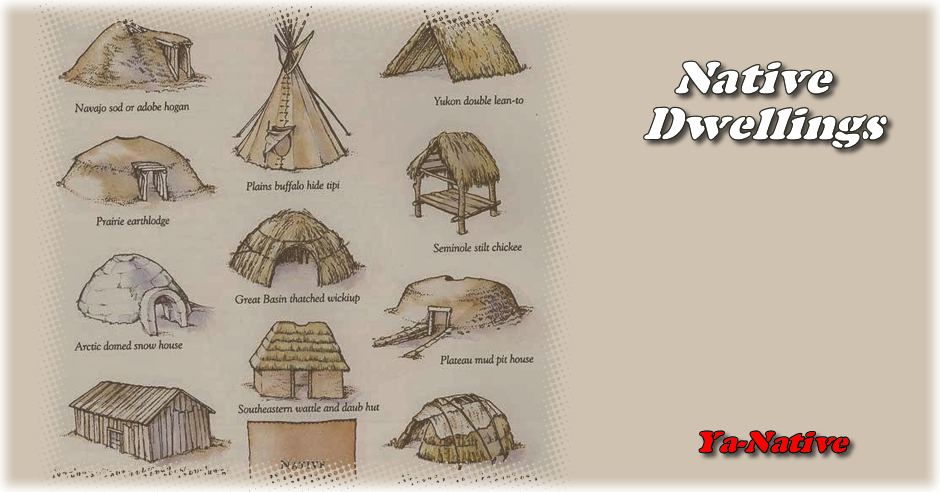
Native American dwellings provide a fascinating insight into the diverse cultures and ways of life of indigenous peoples across North America. From the wigwams of the Eastern Woodlands to the igloos of the Arctic, these homes were uniquely adapted to the environment and resources of each region. In this article, we will explore the different types of Native American dwellings, their construction, and their significance to Native American history and culture. Through this exploration, we hope to gain a deeper appreciation of the complexity and diversity of Native American societies and their way of life.
Introduction to Native American Dwellings
Native American dwellings were a reflection of the different cultures and environments found across North America. From the wigwam homes of the Eastern Woodlands to the teepees of the Great Plains and the adobe houses of the Southwest, each dwelling represented a unique way of life and adaptation to the natural world.
Overview of Native American Cultures
There were hundreds of different Native American cultures in North America, each with its own language, customs, and traditions. These cultures were shaped by the natural environment, including climate, geography, and available resources. Native American cultures were diverse, but they shared common values, including respect for the earth, the importance of community, and the preservation of tradition.
The Significance of Native American Dwellings
Native American dwellings were not just places to live but were also significant cultural symbols. They represented the connection between the natural world and the spirit world, as well as the importance of community and family. Native American dwellings were also important for survival in different environments, providing shelter and protection from harsh weather conditions and predators.
The Wigwam and Other Eastern Woodland Homes
The Eastern Woodlands were home to many different Native American cultures, including the Iroquois, Algonquian, and Cherokee. The most common type of dwelling in this region was the wigwam, a domed structure made from a frame of wooden poles covered in bark or mats.
Characteristics and Construction of Wigwams
Wigwams were typically 8-10 feet in diameter and could house several people. The frame was made by bending saplings into a dome shape and then securing them with cord or animal sinew. The frame was covered in bark or mats made from woven grasses or reeds. Wigwams were easily transportable and could be dismantled and moved with the changing seasons.
The Longhouse and Its Significance
The longhouse was another common dwelling in the Eastern Woodlands, particularly among the Iroquois. Longhouses were multi-family dwellings that could stretch up to 100 feet in length. They were made from poles and covered in bark, providing a long and narrow living space. Longhouses were significant cultural symbols and were used for community gatherings and ceremonies.
The Teepee and Other Great Plains Dwellings
The Great Plains were home to many different Native American cultures, including the Lakota, Cheyenne, and Comanche. The most iconic dwelling of the Great Plains was the teepee, a cone-shaped tent made from animal hides.
The Teepee: A Symbol of Native American Culture
Teepees were easily transportable and could be set up and taken down quickly. They were made from a wooden pole frame covered in animal hides, which provided insulation and protection from the elements. Teepees were significant cultural symbols, representing the nomadic lifestyle of the Great Plains tribes and their connection to the earth.
Beyond Teepees: Other Dwellings of the Great Plains
While the teepee was the most recognizable dwelling of the Great Plains, there were other types of homes as well. The earth lodge was a semi-subterranean structure made from wood and sod, and it provided protection from the extreme weather conditions of the Great Plains. The wickiup was a conical structure made from poles and covered in brush or mats, and it was common among the Paiute and Shoshone of the Great Basin.
The Adobe House and Other Southwest Homes
The Southwest was home to many different Native American cultures, including the Navajo, Hopi, and Apache. The most common type of dwelling in this region was the adobe house, a structure made from clay and straw.
Introduction to Southwestern Dwellings
Southwestern dwellings were designed to provide insulation from the extreme temperature fluctuations of the desert regions. They were typically made from adobe, a mixture of clay and straw, which provided insulation and protection from the elements. Southwestern dwellings were often built into cliffs or hillsides, taking advantage of the natural environment for added insulation.
The Design and Materials of Adobe Houses
Adobe houses were typically one-story and had flat roofs with earthen plaster. The walls were thick and provided insulation from the heat of the sun, while also serving as a natural sound barrier. Other types of homes in the Southwest included the hogans, Navajo homes made from logs and mud, and the pueblo, a multi-story structure made from adobe bricks.
The Longhouse and Other Northeastern Homes
Native American cultures across the United States came up with different dwellings to suit their environment, climate, and way of life. The Northeast region was predominantly home to the Iroquois, who were famous for their longhouse, a communal dwelling that accommodated multiple families.
The Longhouse: A Home for Many Families
The Iroquois longhouse was an impressive structure made of wooden poles and bark sheets. Its length varied from 60 to 130 feet, and it could accommodate up to twenty families on either side, with their separate entrances. The longhouse had a central fire pit that served both for warmth and cooking food. The longhouse was a perfect design for the Iroquois' communal lifestyle, where families shared daily activities and resources.
Other Homes of Northeastern Native American Cultures
Besides the Longhouse, Northeastern Native American cultures had other dwelling types, including wigwams, wickiups, and long wigwams. Wigwams were semi-permanent cone-shaped structures made of poles covered in animal hides, mats or bark sheets. Wickiups were similar to wigwams but were of a smaller size and made solely of wooden poles. Finally, the Long Wigwam was a combination of the wigwam and longhouse that accommodated multiple families but was shaped like a wigwam.
The Igloo and Other Arctic Dwellings
The Arctic regions in North America were home to different Native American cultures who had to design dwellings that withstood sub-zero temperatures, snowstorms, and strong winds. The Inuit, for example, designed the iconic igloo.
The Igloo and Its Significance in Arctic Climates
The Inuit's igloo was a remarkable structure made of compacted snow and ice blocks. The rounded structure provided excellent insulation and retained warmth from the central fire pit. The igloo was also easy to construct and dismantle, a necessary feature for the Inuit's nomadic lifestyle. Besides the igloo, Arctic Native American cultures also had other dwelling types, including the qasgiq, a community house used mainly for ceremonies, and the tupiq, a tent-like dwelling made of animal hides.
Alternative Dwellings for Arctic Native American Cultures
In addition to igloos, other Arctic Native American cultures like the Aleut and Yupik designed Barabara houses, which were semi-underground structures with turf roofs. These houses provided excellent insulation and blended well with the Arctic tundra's environment.
The Chickee and Other Southeastern Homes
Native American cultures in the Southeast region had to design homes that could withstand hot and humid weather, heavy rainfall, and strong winds, among other environmental factors. The chickee was one such dwelling.
The Chickee: An Open-Air, Raised Platform Home
The chickee was a raised platform made of wooden poles, with a thatched roof made of palmetto leaves. The structure had no walls, which allowed for proper air circulation, making it ideal for hot and humid weather. The chickee could also withstand heavy rainfall and floods, a crucial feature for Southeastern Native American cultures who lived near river basins.
Other Dwellings of Southeastern Native American Cultures
Besides the chickee, Southeastern Native American cultures also had other dwelling types, including wattle and daub houses, which were made of wooden frames and plastered walls, and adobe homes, made of stacked mud bricks. These dwellings were suitable for a sedentary lifestyle and provided ample space for families to carry out their daily activities.
Modern Native American Homes and Their Significance
The evolution of Native American dwellings has been a continuous process, with modern Native Americans designing homes that blend traditional and modern elements.
The Evolution of Native American Dwellings
Native American homes have evolved from simple nomadic dwellings to more permanent structures. The evolution has been driven by factors such as changing lifestyles, environmental factors, and modernization. Today, Native American homes exhibit a blend of traditional and modern features, with some even designed as eco-friendly structures.
Modern Native American Homes and Their Connection to Culture
Modern Native American homes have become a symbol of cultural identity, with architects and designers incorporating traditional features such as the use of natural materials, respect for the environment, and traditional design elements. Modern Native American homes have also become a way of maintaining cultural connections, with some designers incorporating tribal arts and crafts in their designs. These homes serve as a testament to the rich cultural heritage of Native American communities.In conclusion, Native American dwellings are a testament to the ingenuity, resourcefulness, and adaptability of indigenous peoples across North America. From the wigwams of the Eastern Woodlands to the chickees of the Southeast, these homes were not only functional but also deeply meaningful to Native American cultures. By understanding their unique designs and significance, we can gain a deeper appreciation of the diverse and complex history of Native American societies.
FAQ
What materials were commonly used in Native American dwellings?
Native American dwellings were constructed from a variety of materials, depending on the region and availability of resources. Some examples include wood, bark, animal hides, grasses, mud, and stone.
What is the significance of Native American dwellings?
For Native American cultures, dwellings were not just shelters, but also held deep cultural and spiritual significance. They represented a connection to the land and were often decorated with symbols and artwork that reflected the values and beliefs of the community.
Are Native American dwellings still used today?
While many Native American communities still use traditional dwellings in ceremonial and cultural contexts, most have transitioned to more modern forms of housing. However, there is a growing movement to revive traditional building practices and incorporate them into contemporary architecture.
What can we learn from Native American dwellings?
Studying Native American dwellings provides insight into the ingenuity, resourcefulness, and adaptability of indigenous peoples across North America. It also highlights the importance of understanding and preserving cultural traditions and practices.
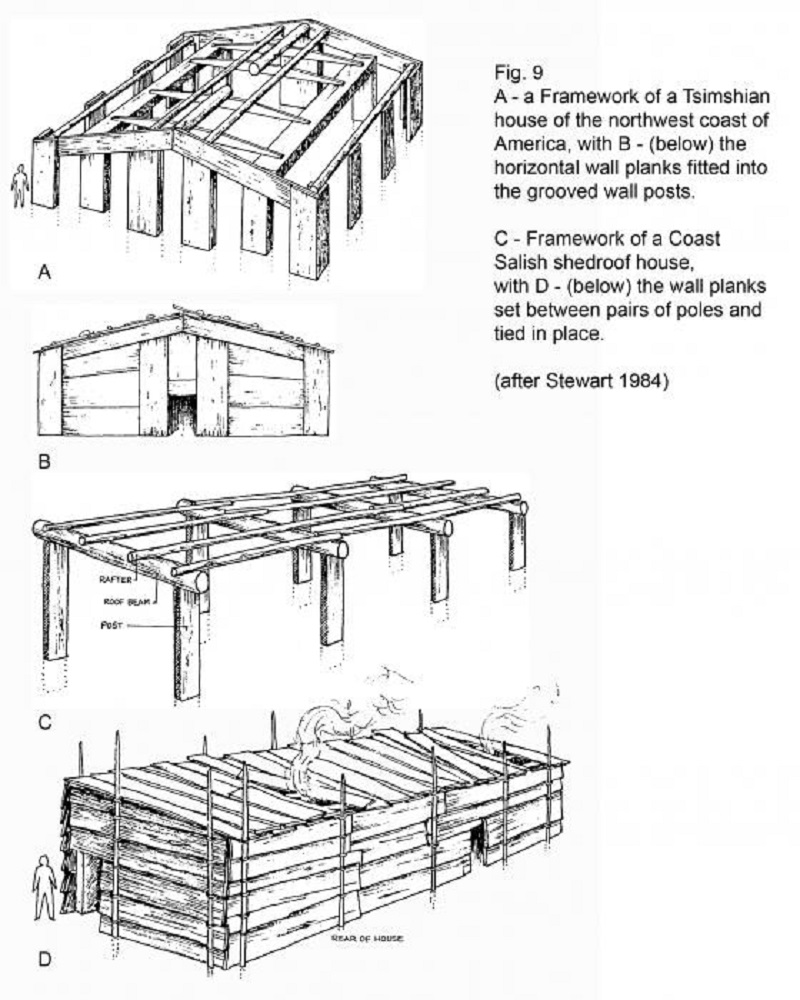
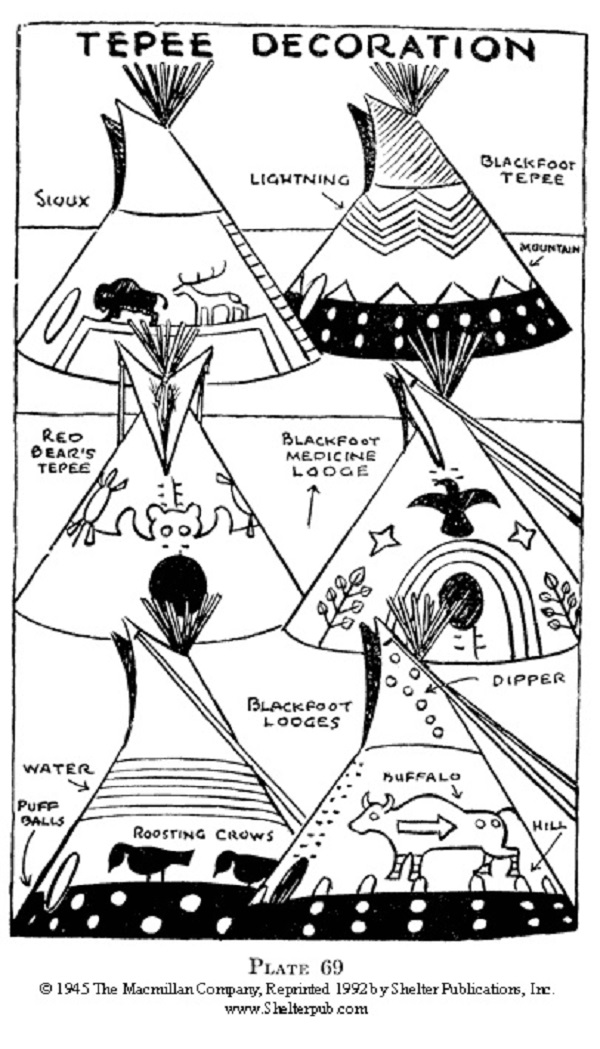
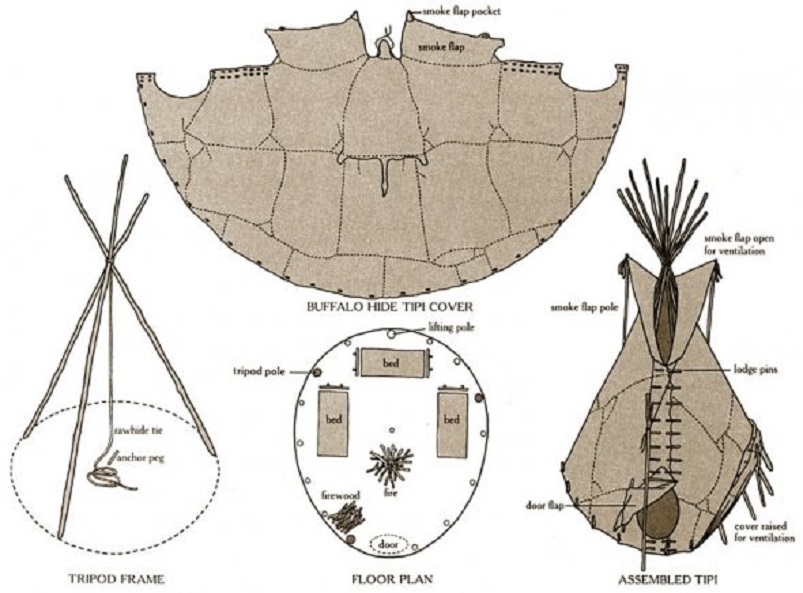
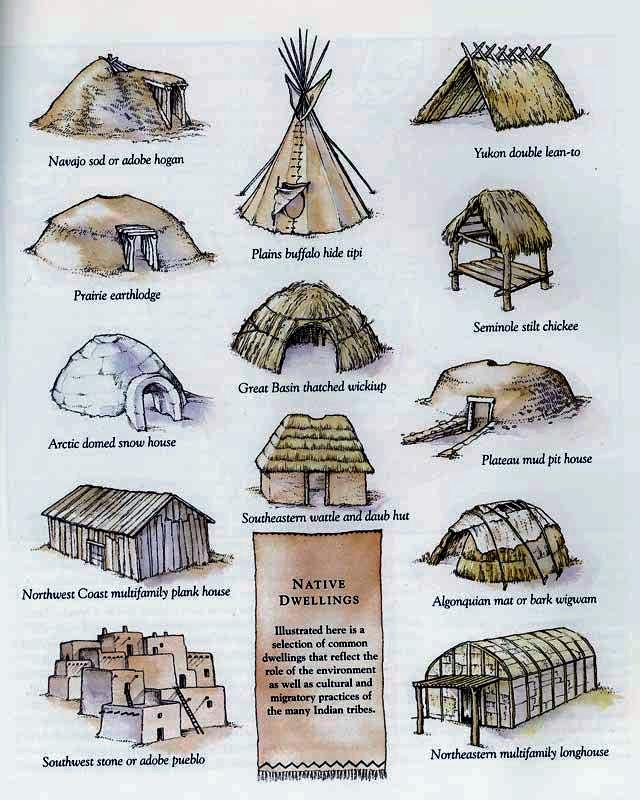
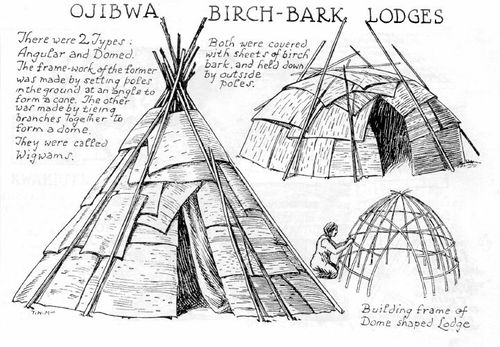
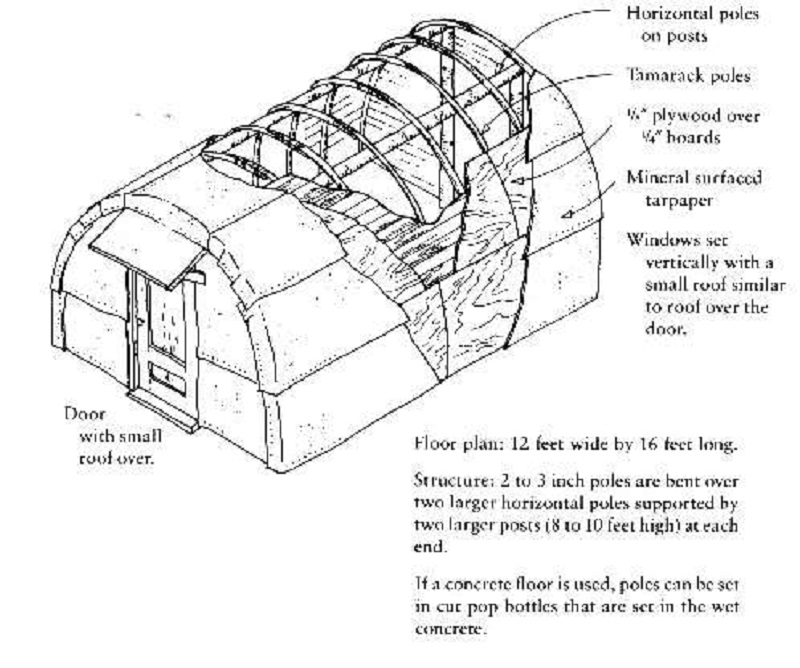
more to come ...